Why is it important to prepare the soil and mulch in spring?
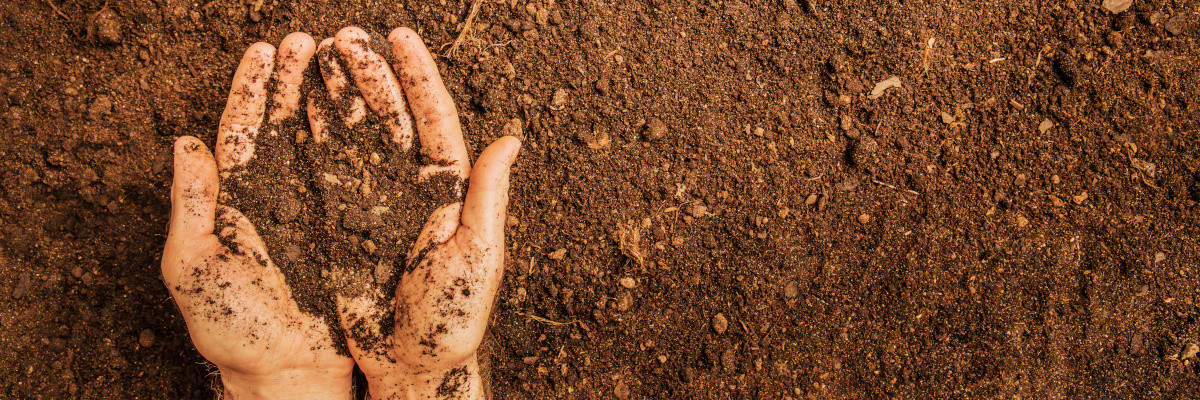
Out of the soil come the plants whose fruit and veg you want to eat and enjoy, so you can see that all the goodness comes from there too. Experts say the ideal soil for growing vegetables is loamy – see more on soil types below. Digging your soil at this time of the year will add oxygen, help to remove pests like slugs and snails, and add fertilizers targeted at the plants you have chosen. Adding mulch will help your soil to retain moisture. Read on to make a great start to your vegetable growing this year.
What type of soil do I have?
Soil types are typically sandy, loam, clay, or a mixture. See soil descriptions of these below. The pH of the soil tells you whether it is acid or alkaline, or in between. The pH often depends on what the underlying rock is, but you can change it by adding compost, manure, and mulch. If you are chemically minded, you can buy a professional soil pH tester, or just go out to your plot and dig up a handful of soil to test it out. If you take a handful of soil/dirt and try to clump it into a round ball, this can tell you a lot.
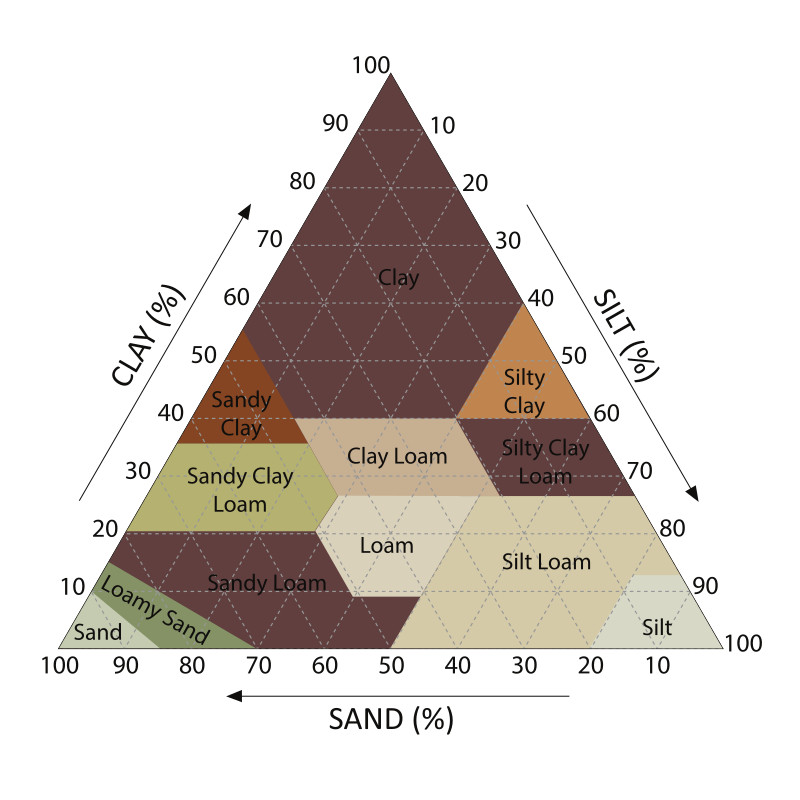
Sandy.
If the soil runs through your fingers, it probably has a high sand content, so this drains well. However, it cannot hold many nutrients either, as the first flash of rain will leach them out so you need to add some bulk to help your soil retain the goodness for your plants. Sandy soil is usually more acidic than loam or clay, especially if the stone in your area happens to be limestone.
To improve sandy soils, dig in some manure in spring, provided you do not want to grow roots, cabbages, or anything from the Brassica family. Dig in some homemade compost for these and mix it well into the soil mix before you start spring planting. The great thing about sandy soil is that your plants are rarely prone to root rot, as happens when it rains a lot and roots get swamped.
Clay.
If the soil clumps together in a tight, wet ball, it probably has a lot of clay. This soil retains moisture well, but the drainage could be better, so dig in as much as possible to counterbalance this. If your soil is mainly clay, then you need to include anything that will allow water to drain out of that thick, clumpy soil, so think of sand, homemade compost, some small pebbles (but not in your roots bed), or anything that will loosen the dense makeup of clay soil.
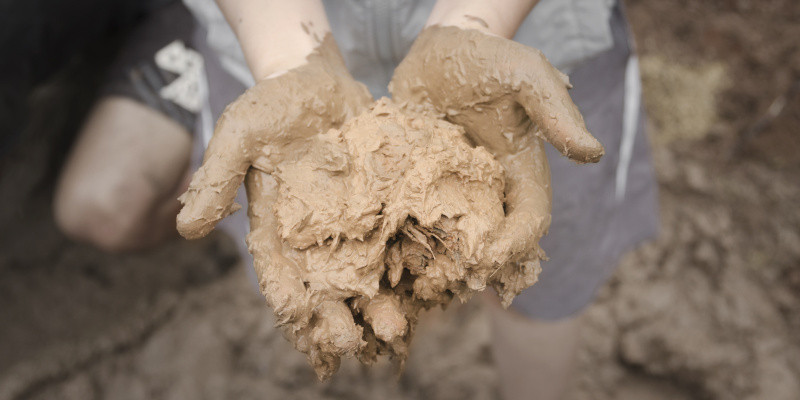
Most experts recommend adding lime to clay soil. Use 400g to one square meter (or 12oz to the square yard). If you do this now and once again in the autumn, your soil will start to behave more like loam soil! Adding mushroom compost is another way to help improve the drainage and fertility of clay soil. If you have well-rotted chicken manure, that can help too. Use only one fertilizer on each patch in each season and allow it to mix well with the soil.
Depending on your crop rotation plan, you can use manure or compost and dig it in well. Do not add both at the same time. Add manure first, then wait a few weeks, and when you plant in your seeds, do a top dressing of compost.
Loam/Silt.
Loam soil is in-between. It doesn’t stick to your hands, and it probably has some sand in there, so you need to keep adding compost or manure annually to ensure it retains its fertility. It is crumbly soil and ideal for most vegetables and fruit. The pH of loamy soil is between 5.8 and 6.3 if your chemistry brain is working.
Remember you can add manure to loam soil when it is tomato time or beans you are planning, but use compost for brassicas and roots beds. See more on crop rotation here.
What can you add to the soil to improve it in winter?
The most fertile part is the top few inches, known as the topsoil, so make sure this has something growing on it over the winter, like green manure, to prevent soil erosion.
If your soil is sandy, it almost drains too well because all the nutrients will get leached away easily whenever it rains heavily too, so you want to add anything that adds bulk to the texture enabling the water to be retained. Think of comfrey leaves, manure, homemade compost, small amounts of wood ash, chicken manure, straw, and hay or read more about growing green manures below.
What is the best soil for growing vegetables?
The ideal soil is always loam if you talk to experienced gardeners, but I believe the best soil for your garden is the soil that will suit the plants you want to grow.
If you want to grow cabbages, then you need soil that is full of nutrients, but it may need to have lime added, which changes the pH of the soil. You will hear “acid” mentioned, which means these plants prefer ericaceous soil, with a pH lower than 6. For cabbages or any in the Brassica family, do not add manure. They like to grow in soil that was manured last year and was used up by beans which left some nitrogen for them in the soil for them.
What is mulch?
A mulch is a physical layer you place on top of the soil around the stems of plants in the autumn, such as rotted leaf mould, wood chips (or even plastic) as a way to not only suppress weeds but also to keep more heat for the roots of your plants in a cold winter.
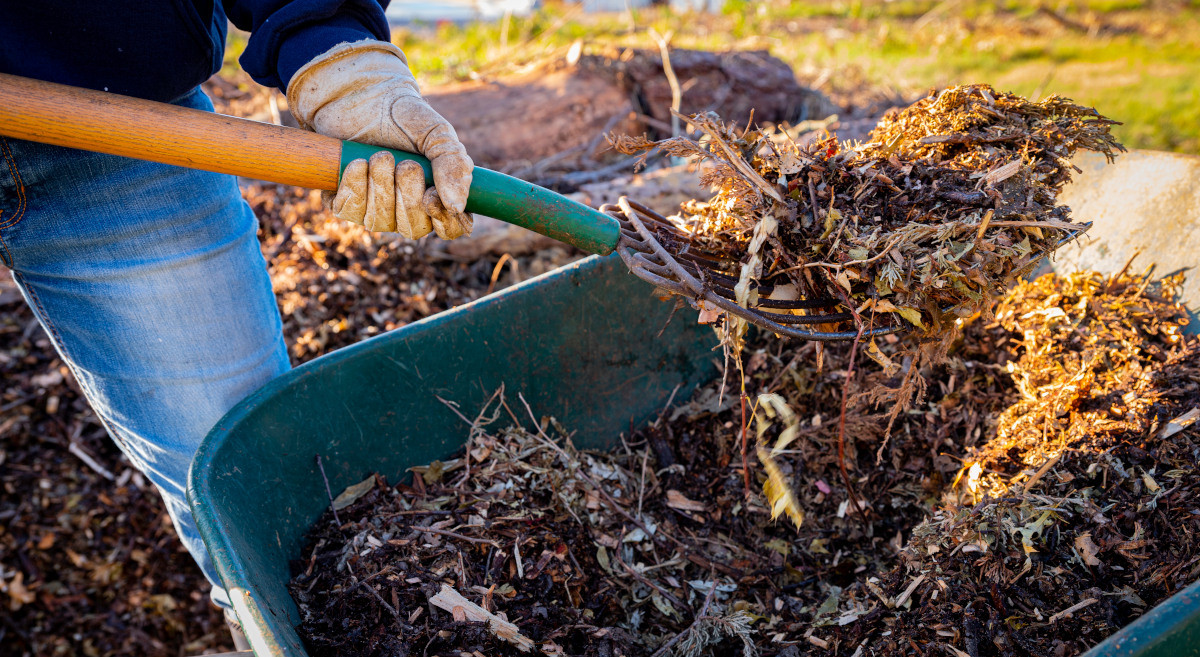
You can also apply a spring mulch of homemade compost, manure, or leaf mould. Any mulch laid in spring will retain moisture in a hot summer as well as add some nutrition that will be particularly beneficial on sandy soil to keep the moisture in the ground during hot summer months.
Straw mulching is widely used in the US and less so in the UK, and it works to suppress weeds and retain moisture, but as it decays, it also adds bulk to the soil. Just dig it in well after the mulching period is over in the autumn.
Mushroom compost is another fantastic mulch, but it tends to be alkaline, so use it in small amounts. It is lovely to use, and you may even get a few mushrooms growing from the compost! It is excellent applied to your cabbage and sprout patch, which adds the right pH to your soil.
What are the benefits of mulching in spring vegetable gardens?
Spring mulching will add nutrients and keep valuable moisture in the soil so that your vegetables and fruit can use it in the hot months of the summer. Have you got some leaf mould? This can be crumbled into the soil before you plant seeds, and it adds bulk and humus. Leaf mould is not full of nutrients but the humus helps to add some depth to sandy soil as well as encouraging earthworms and other beneficial creatures to any type of soil.
Green manure and other mulches.
These are sown at the end of the season in September to grow over winter so this advice is for next year! Clover, mustard, phacelia, and trefoil are good choices for most soils, and they grow normally preventing soil erosion in winter. These will help to fix nitrogen in your soil, and in spring, you dig them up and just turn them over onto the soil where they will rot back in, providing nutrients for summer plants.
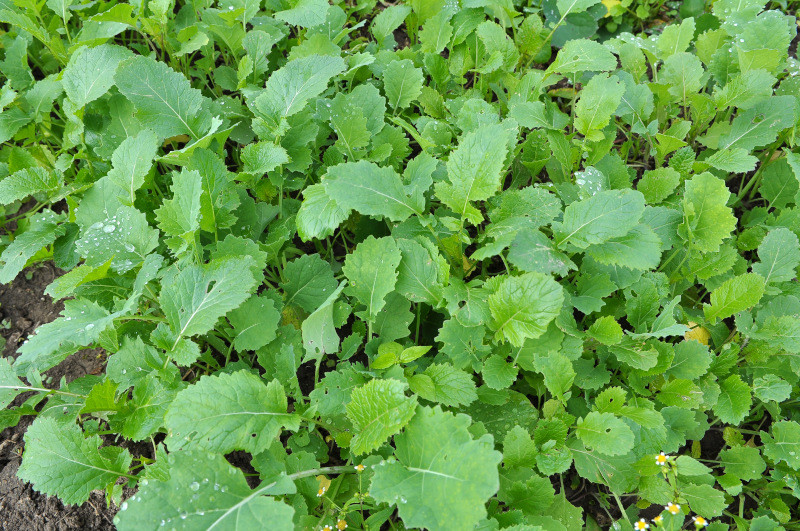
You can target your soil type and choose green manure to suit, like Winter Tares, over the colder months to help loosen up heavy soil. Buckwheat and Lupins will do the same for lighter, sandy soils and in spring, you just dig up the entire row of plants and lay them back on the soil upside down to rot back in and gradually improve your soil over time.
You can also use winter mulches like wood ash if you have any because this provides essential potash for fruiting trees and strawberries if you add this early in the year. However, wood ash also contains lime which is required for brassica patches, but if your soil is already quite acidic, then wood ash may not be the answer. I usually use a handful of ash close to each plant and then water it. I add compost a month later and mix the two to provide nourishment; the result is gorgeous strawberries and fruit.
Conclusion
This week you will have learned how important the soil is as it gives your plants the best start, and if it is nutritious, it provides nutrients and encourages insects and creatures to help your veg grow big and healthy. You can alter the pH and type of soil you have over time, so this is the best time to get started. Next week we will look at starting seeds indoors so that your allotment can have plants ready to get into the soil as soon as the risk of snow or frost has finally gone.


